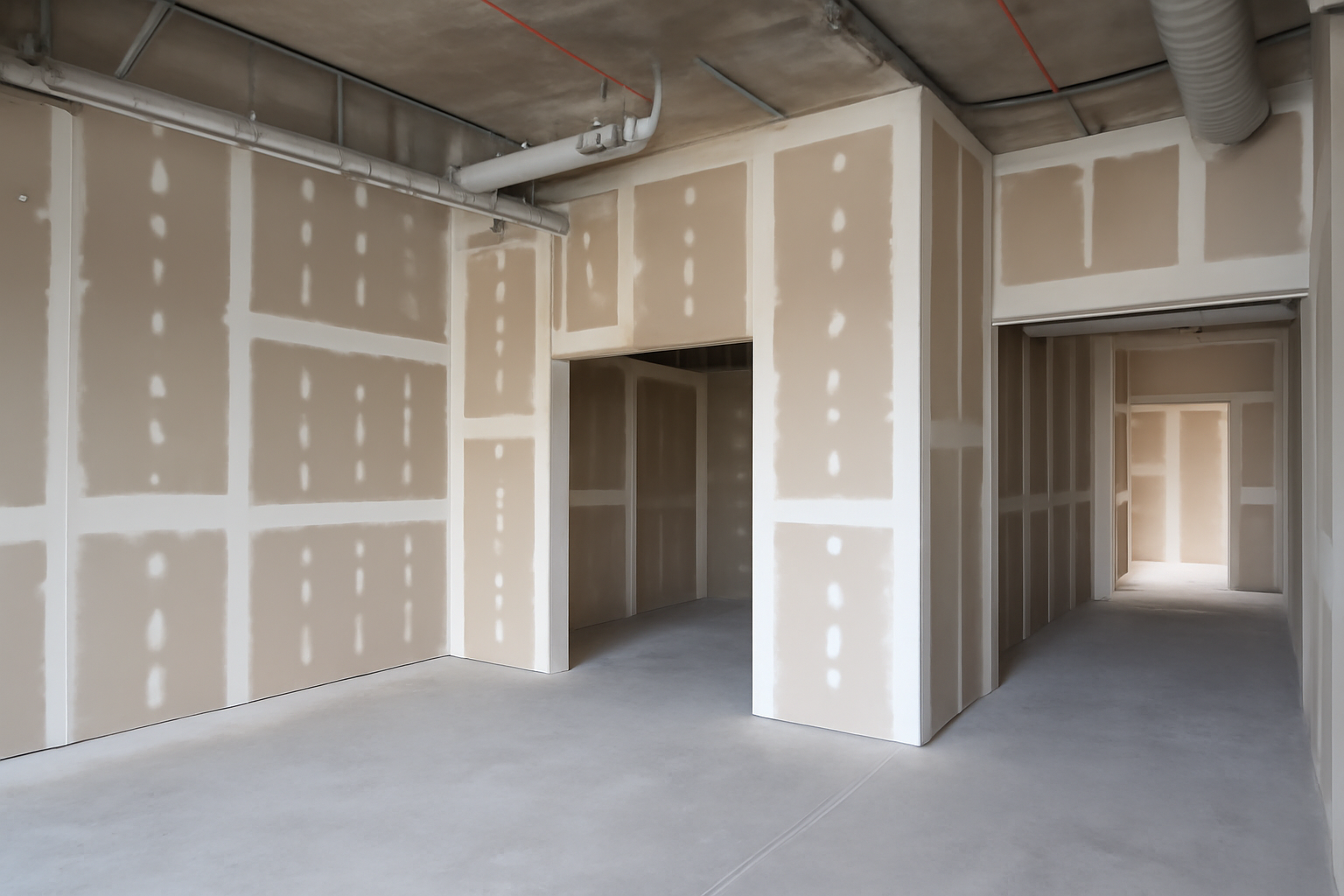
Active Estimating has recently introduced a robust methodology to benchmark drywall project costs by leveraging historical data segmented by wall type. This strategic shift enables estimators and project managers to validate estimates not just in aggregate but against cost-per-square-foot (SF) benchmarks derived from real past performance. The approach integrates Data-Driven Intelligence to enhance both cost predictability and bid accuracy across varying project scopes.
One of the key differentiators in this methodology is the segmentation of cost benchmarks by wall type. Rather than evaluating historical performance at the project level alone, this process isolates wall-specific metrics—such as Type X walls, shaft walls, or shaftliner walls—and compares them against current estimate parameters. This allows for a more granular and meaningful comparison, especially across projects of different sizes or scopes.
For example, if a project includes extensive use of shaftliner partitions, Active Estimating enables project managers to reference historical average cost per SF specifically for shaftliner installations. This helps identify estimate anomalies early in the preconstruction phase, promoting corrective action before budgets are finalized.
Each benchmark is built upon a growing database of verified production cost data. The workflow includes:
This ensures that every new estimate can be evaluated for alignment with past projects that had similar wall assemblies. Over time, as more data is collected, the benchmarking system becomes increasingly accurate and context-aware.
As wall assembly techniques and material pricing evolve, so too does the benchmark database. The methodology used by Active Estimating allows for ongoing adjustments, ensuring that cost benchmarks remain relevant. Whether a project is in a hospital, high-rise, or educational facility, the benchmarking system can accommodate unique variables that affect pricing, including complexity of layout, building height, and access logistics.
The introduction of wall-type-based benchmarking is a pivotal step in modernizing the estimating process. It bridges the gap between data analysis and on-the-ground estimating, allowing companies to make smarter, faster, and more confident decisions. As cost pressures continue to mount across the construction industry, innovations like this are essential for maintaining competitive advantage while reducing financial risk.
Active Estimating
508 2nd Street, Suite 208
Davis
California
95616
Rich Schoener
richard@activeestimating.com
(877) 982-2848
https://www.activeestimating.com/drywall-estimating-software
Original Source:
https://www.activeestimating.com/media-room
Schedule a personalized demo to see how Active Estimating can work for your specific needs.
